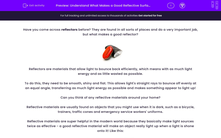Have you come across reflectors before? They are found in all sorts of places and do a very important job, but what makes a good reflector?
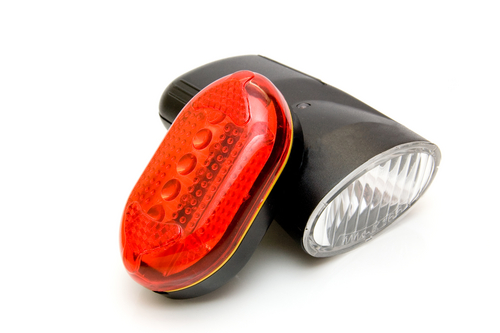
Reflectors are materials that allow light to bounce back efficiently, which means with as much light energy and as little wasted as possible.
To do this, they need to be smooth, shiny and flat. This allows light's straight rays to bounce off evenly at an equal angle, transferring as much light energy as possible and makes something appear to light up!
Can you think of any reflective materials around your home?
Reflective materials are usually found on objects that you might use when it is dark, such as a bicycle, trainers, traffic cones and emergency service workers' uniforms.
Reflective materials are super helpful in the modern world because they basically make light sources twice as effective - a good reflective material will make an object really light up when a light is shone onto it! Like this:
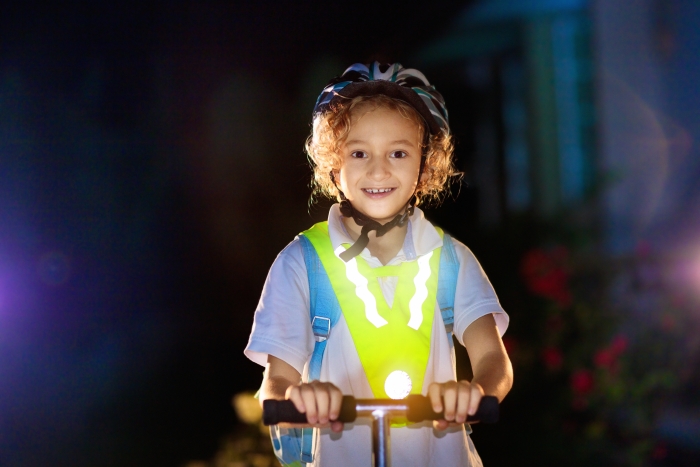
It's important to remember that reflective materials are not light sources. They cannot make their own light, they are just very good at reflecting the light.
Surfaces that do not reflect light well are often bumpy, uneven and rough or dull.
Think about this road surface, for example.
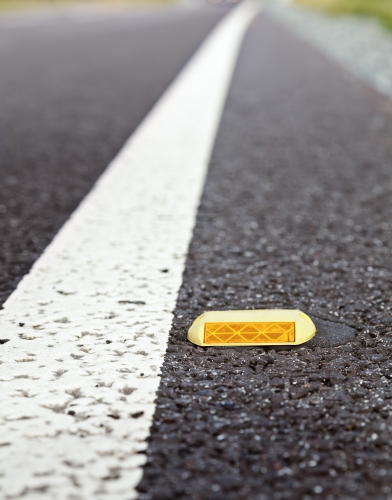
Most roads have special white paint to mark out the lanes. This paint works super effectively at night because it catches the light from cars, showing where the lanes are. It's even more effective because it contrasts with the unpainted road surface that diffuses the light.
This diagram shows how the light behaves differently on different materials.
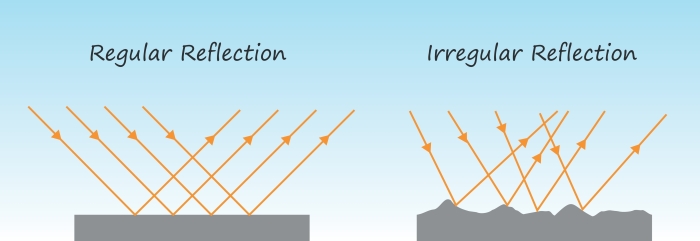
The road surface is dark, bumpy and rough and this means that the light that hits it, bounces off in all directions diffusing the light and scattering it. This is unlike the reflective paint, which bounces the light back evenly, making the white lines visible at night.
Bonus point - what is the yellow and orange plastic object?
It's a cat's eye! Not a real one! These are special reflectors used on roads to signal different lanes in the road. They come in different colours and they work by reflecting vehicle lights to show where the lanes are.

They're called cats' eyes because when cars drive past, they light up briefly, like a cat's eye in the night! Remember, these reflect light - they do not make it.
Okay, let's use all of this to help us answer some questions!

